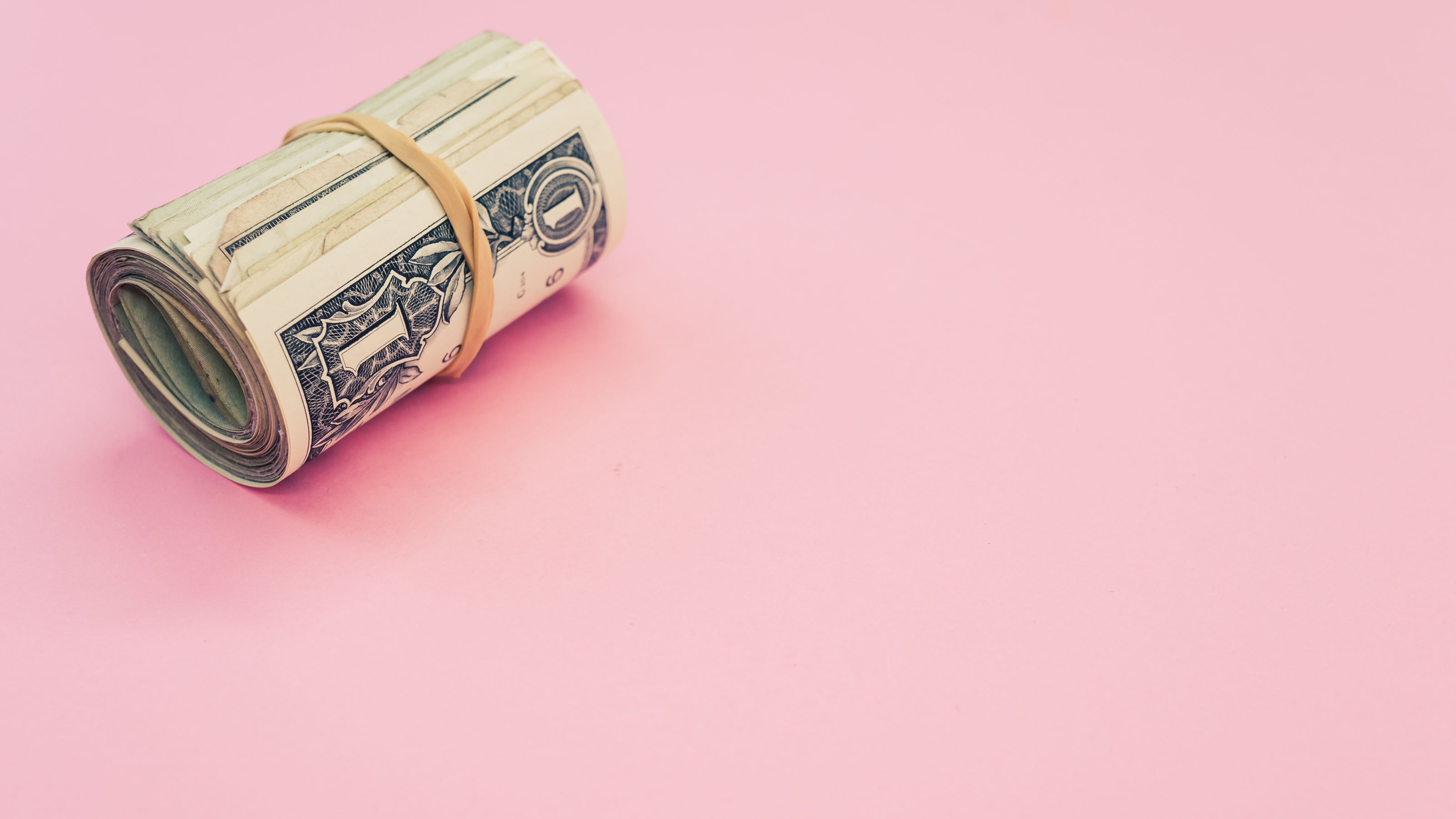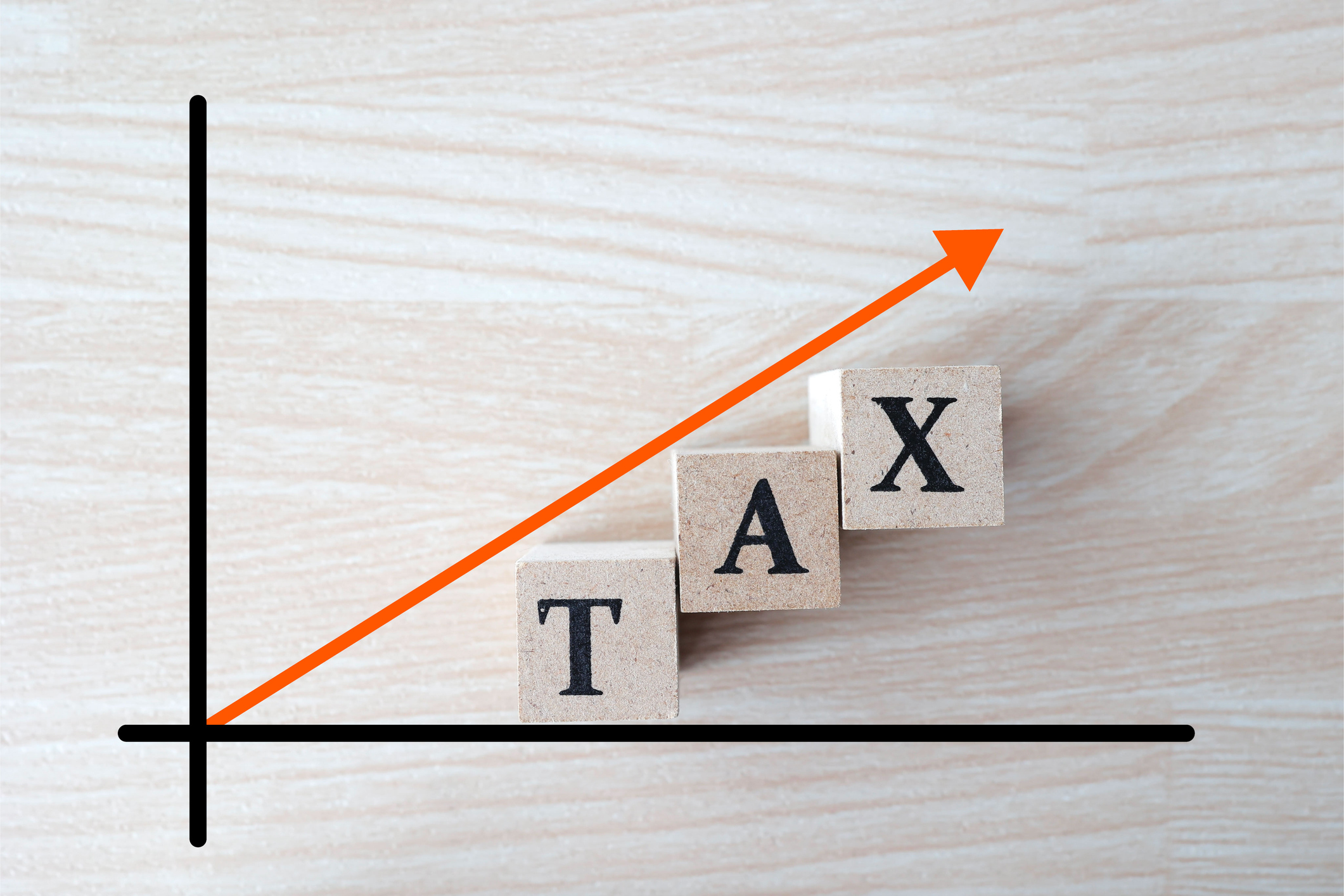Pink Tax: What Does Price Discrimination Cost Women?
Now is a good time to look at the 'pink tax,' gender price discrimination banned in many states but that costs women millions of dollars each year.


As we celebrate Women's History Month this March, it's a good time to look at the "pink tax" and how price disparities can impact some consumers more than others.
While the “pink tax” isn’t a federal tax that can affect your income tax refund. But it’s a financial burden that many women face that often goes unnoticed. It is a form of price discrimination that can hit your wallet, affecting finances and daily lives in surprising ways.
it’s also important to note that the pink tax is more than a financial burden. Disparities in pricing highlight social inequalities as well. For example, data show that on average, women, still earn less than men, so hidden surcharges on products typically marketed to women can further strain already strained budgets.

Sign up for Kiplinger’s Free E-Newsletters
Profit and prosper with the best of expert advice on investing, taxes, retirement, personal finance and more - straight to your e-mail.
Profit and prosper with the best of expert advice - straight to your e-mail.
The pink tax reminds us that discrimination can occur in unexpected places — even in the products and necessities we buy. And given all the talk of tariffs in the second Trump administration, some data show those costs could also hit women harder.
Here’s more of what you need to know.
Pink Tax Defined
What is the pink tax?
At its heart, the pink tax is related to extra costs women often pay for products and services marketed specifically to them.
So, the pink tax often refers to state sales tax on menstrual products, like tampons and feminine pads. Those feminine hygiene products are necessities for many women. But, many states tax feminine products as luxury items while exempting other necessities like groceries and medicine, from sales tax.
And, because men typically don’t pay the same high prices for personal care items (and feminine hygiene products are designed for women), the added cost on feminine and other products marketed to women has been dubbed “the pink tax.”
Why pink? Pink is the color that is often used by manufacturers to market and brand products that are designed for women.
However, the "pink tax" term covers a broader range of items. From personal care products to clothing and services like haircuts, women often pay more for similar products merely because those products are targeted to a female audience.
This price disparity can add up over time. Studies show women can pay 10-15% more for products than men. As we’ll discuss that can mean thousands of dollars in extra expenses over a lifetime.
Examples
Pink tax examples
As mentioned, the pink tax doesn't just apply to feminine care products. Over the years, advocacy organizations have pointed to different examples of the pink tax including pricing discrimination involving goods and services.
Some examples include:
- Higher dry-cleaning or tailoring costs for women’s clothing
- Higher cost and often smaller sizes of products like women’s razors, shampoo, and deodorant, relative to the cost and size of similar personal hygiene products designed for men (e.g., when a pink razor costs more than a similar black or blue razor)
- Higher prices of toys or equipment marketed to girls, like pink bikes, scooters, and helmets cost more than identical red or blue bikes, scooters, and helmets
The Tampon Tax
The period tax (or tampon tax): What is it?
What is the Period Tax? You may also have heard the term “tampon tax.” The tampon tax or "period tax" also refers to the sales tax on the already high price of tampons. Like other period products, tampons are frequently taxed as luxury goods, even though millions of menstruating women consider tampons to be necessities.
Pink Tax Bans
What states have banned the pink tax?
More than twenty states have passed laws dealing with the pink tax. For example, three years ago, New York eliminated the pink tax on certain goods and services. Ohio also eliminated the pink tax around the same time.
California eliminated the pink tax with services more than a decade ago, and a new state retail law, effective now, bans gender-based price discrimination on products. The pink tax ban prohibits California businesses from pricing similar products higher merely because those products are marketed to women.
Virginia, Colorado, Iowa, and Nebraska also recently either eliminated sales tax on feminine hygiene products or reduced state sales taxes on those products. Texas eliminated its tampon tax last year.
There is no federal pink tax ban, however. The Pink Tax Repeal Act has been introduced in Congress more than once. However, the legislation has not gained enough votes to move through the U.S. House of Representatives and the U.S. Senate.
What did CVS do with the Pink Tax? CVS pharmacies took steps to help eliminate the pink tax three years ago. The pharmacy chain lowered prices on its branded feminine care products. CVS also eliminated sales tax on those products in twelve states where the products were more expensive because of the pink tax.
What is the Tampon Tax Back refund? The "Tampon Tax Back" campaign, launched in 2023, allows purchasers in certain states to get a sales tax refund on some feminine hygiene products. The coalition, led by industry brands including August, Cora, Lola, Rael, The Honey Pot, Here We Flo, Saalt, and DIVA, works to end "tampon taxes" still imposed on period products in 21 states.
Pink Tax Cost
How much does the pink tax cost women?
Studies show that gender price discrimination can cost women in practical, physical, and financial ways. Data from the Economic Policy Institute show that women still make about twenty percent less on the dollar than men. Similar numbers from various studies show that women are likely to spend more for necessities like healthcare, clothing, and housing than similarly situated men.
A New York pink tax study found that women’s products are, on average, 13% more expensive than similar men’s products. As a result, when products that are essential for women (like feminine hygiene products) are taxed as luxury items, that can have a significant financial impact.
High and rising costs of period products have also led to an epidemic of “period poverty”— where an estimated one in four women and girls cannot afford menstrual products. Period poverty affects millions of women, and studies show that struggling to pay for menstrual products or not having those products can damage social, emotional, and menstrual health.
In terms of monetary costs, when California passed its pink tax ban, the state estimated that women paid more than $2,300 for goods and services marketed to them at higher prices than similar goods and services marketed to men. (That comes to about $188,000 over a woman’s lifetime and about $47 billion for all of the women in California).
Other data show that women can pay more than $1,300 annually because of the pink tax. According to the nonprofit legal advocacy organization Period Law, the "tampon tax" adds up — to an estimated annual cost to consumers of around $80 million.
What are 'Pink tariffs'? And what does Trump have to do with it?
Politco, in its "Women Rule" newsletter, recently reported that President Donald Trump's trade war could disproportionately impact women. The authors cite data and studies showing that tariffs impact consumers with lower incomes more and that women also carry more burden from tariff hikes.
One researcher reportedly found that in 2022, tariff rates for women's clothing were, on average, "16.7 percent compared to 13.6%." The result Women Rule says, is a "$2.7 billion gender gap."
Tariffs are government-imposed taxes or fees on imported goods. They are usually designed to influence trade policy, protect domestic industry, generate revenue, or exert economic leverage against other countries.
President Trump is a fan of high across-the-board tariffs and as Kiplinger has reported has been levied them on and off with key trading partners like Canada and Mexico since not long after his second term began in January 2025.
Separately, Reps. Lizzie Fletcher (TX-07) and Brittany Pettersen (CO-07) have reintroduced The Pink Tariffs Study Act. The bill calls for the U.S. Treasury Department to investigate potential gender bias within the U.S. tariff system. The results of such an investigation would then be reported to the U.S. Congress.
Regarding the bill, Pettersen stated in a release: "Women continue to pay more than men when it comes to everyday items like clothes, razors, and even personal hygiene products. These costs can add up fast — especially for working moms and families —and Trump's reckless trade war threatens to drive these prices up even more and hurt regular people who are already struggling to make ends meet."
However, it's unclear whether this bill, which has received endorsements from key groups including the Democratic Women's Caucus and the Progressive Policy Institute, will gain any traction, particularly given the Trump administration's stance on gender studies.
Stay tuned.
Related Content
Get Kiplinger Today newsletter — free
Profit and prosper with the best of Kiplinger's advice on investing, taxes, retirement, personal finance and much more. Delivered daily. Enter your email in the box and click Sign Me Up.

As the senior tax editor at Kiplinger.com, Kelley R. Taylor simplifies federal and state tax information, news, and developments to help empower readers. Kelley has over two decades of experience advising on and covering education, law, finance, and tax as a corporate attorney and business journalist.
-
 Here’s How the Trump Harvard Tax Threat Could Impact You
Here’s How the Trump Harvard Tax Threat Could Impact YouTax Law Trump's latest showdown raises fundamental questions that could reach beyond nonprofit tax status.
By Kelley R. Taylor
-
 5 treats to splurge on with your tax refund
5 treats to splurge on with your tax refundWant to use your tax refund to splurge on a little something nice this spring? Here are five treats to make the most out of that extra cash.
By Rachael Green
-
 Which Generation Pays the Most Taxes in the US?
Which Generation Pays the Most Taxes in the US?Tax Burden Polls show that most people feel like taxes are unfair. But which age group bears the brunt of the tax burden in the United States?
By Kelley R. Taylor
-
 Tax Day 2025: Don’t Miss These Freebies, Food Deals and Discounts
Tax Day 2025: Don’t Miss These Freebies, Food Deals and DiscountsTax Day You can score some sweet deals on April 15 in some select restaurants like Burger King, Shake Shack, and more.
By Gabriella Cruz-Martínez
-
 Tax Time: Does Your Kid Influencer Owe Taxes?
Tax Time: Does Your Kid Influencer Owe Taxes?State Tax Some minors are making big money on social media. Here’s how to know if they need to file taxes.
By Gabriella Cruz-Martínez
-
 Free IRS Tax Filing for 30 Million People: Will It Continue Under Trump?
Free IRS Tax Filing for 30 Million People: Will It Continue Under Trump?Tax Filing Direct File was piloted last year in 12 states and has since expanded to 25. But some wonder whether the program will last under the Trump administration.
By Gabriella Cruz-Martínez
-
 How Caregivers for Adults Can Save on Taxes in 2025
How Caregivers for Adults Can Save on Taxes in 2025Tax Breaks Caring for your parent or spouse can be stressful, but the IRS offers tax breaks for qualifying taxpayers. Here they are.
By Kate Schubel
-
 U.S. Treasury to Eliminate Paper Checks: What It Means for Tax Refunds, Social Security
U.S. Treasury to Eliminate Paper Checks: What It Means for Tax Refunds, Social SecurityTreasury President Trump signed an executive order forcing the federal government to phase out paper check disbursements by the fall.
By Gabriella Cruz-Martínez
-
 IRS Layoffs Spark Delays, Doubt This Tax Season
IRS Layoffs Spark Delays, Doubt This Tax SeasonTax Season Tax experts say Trump’s downsizing of the IRS is already causing problems.
By Gabriella Cruz-Martínez
-
 States with the Highest Income Tax Rates for Retirees
States with the Highest Income Tax Rates for RetireesState Tax You may reconsider living and retiring in one of these states due to high taxes.
By Kate Schubel